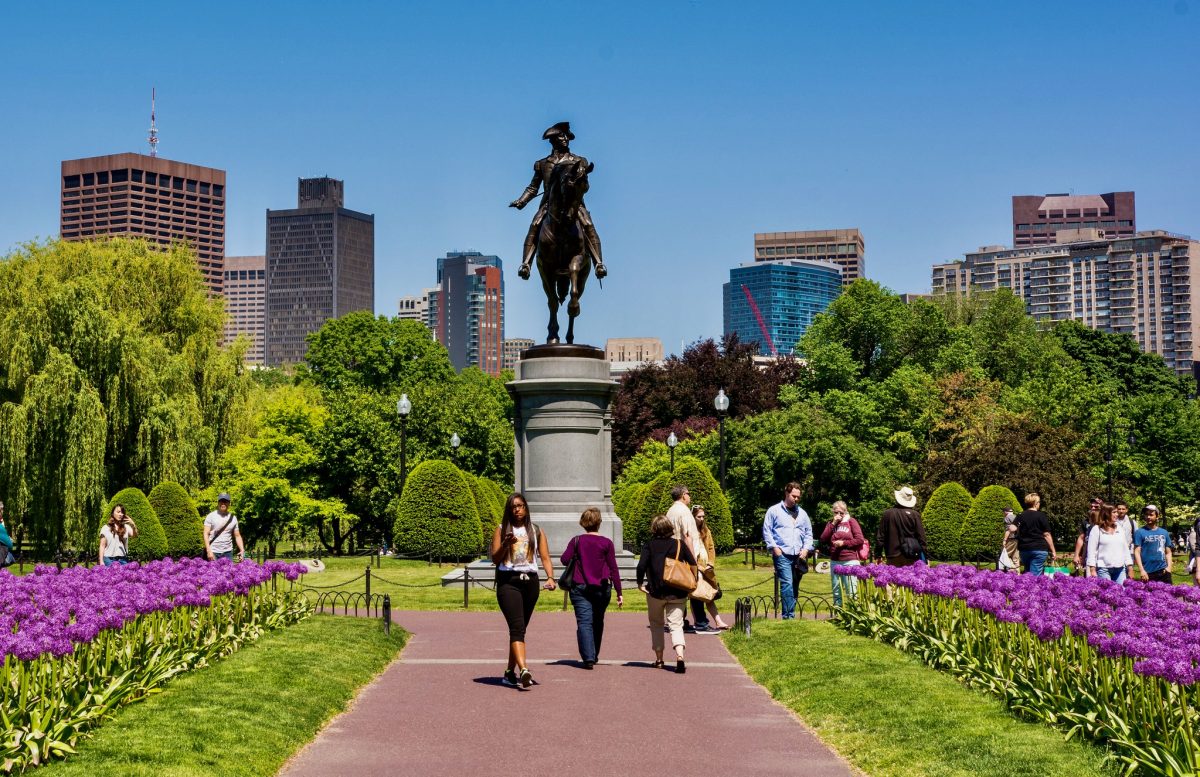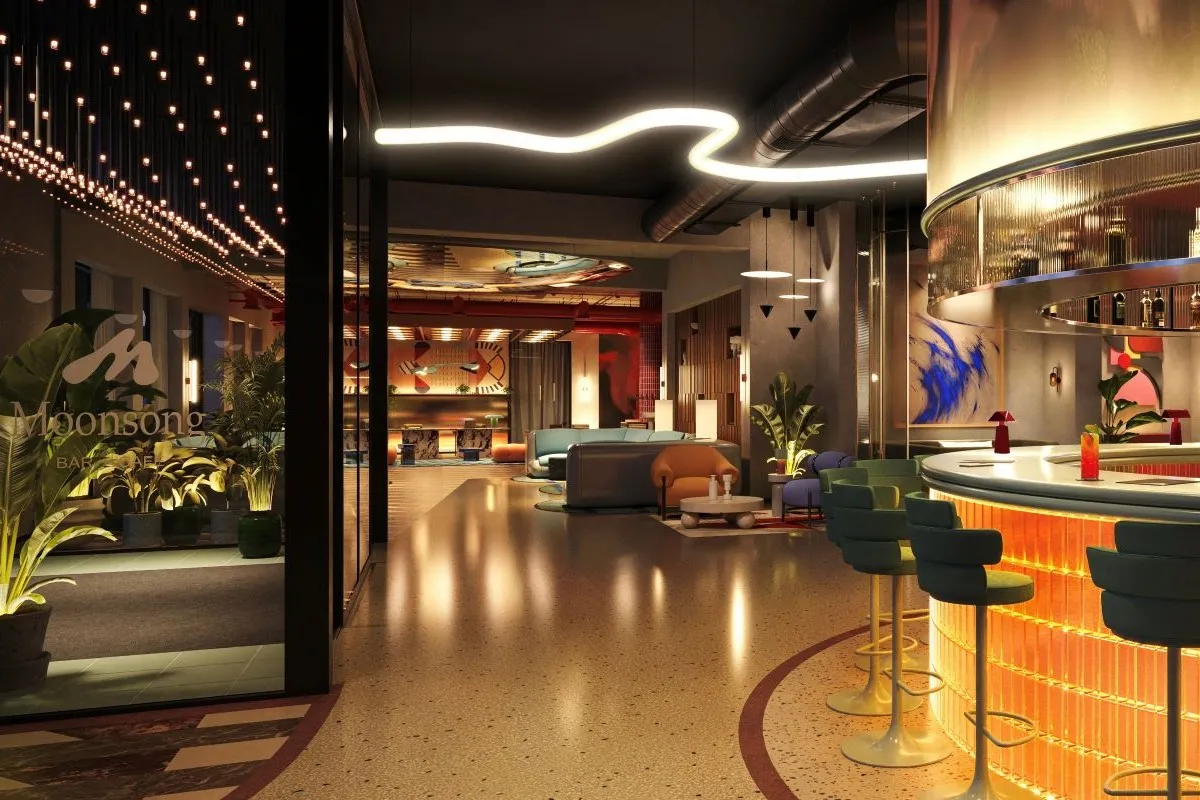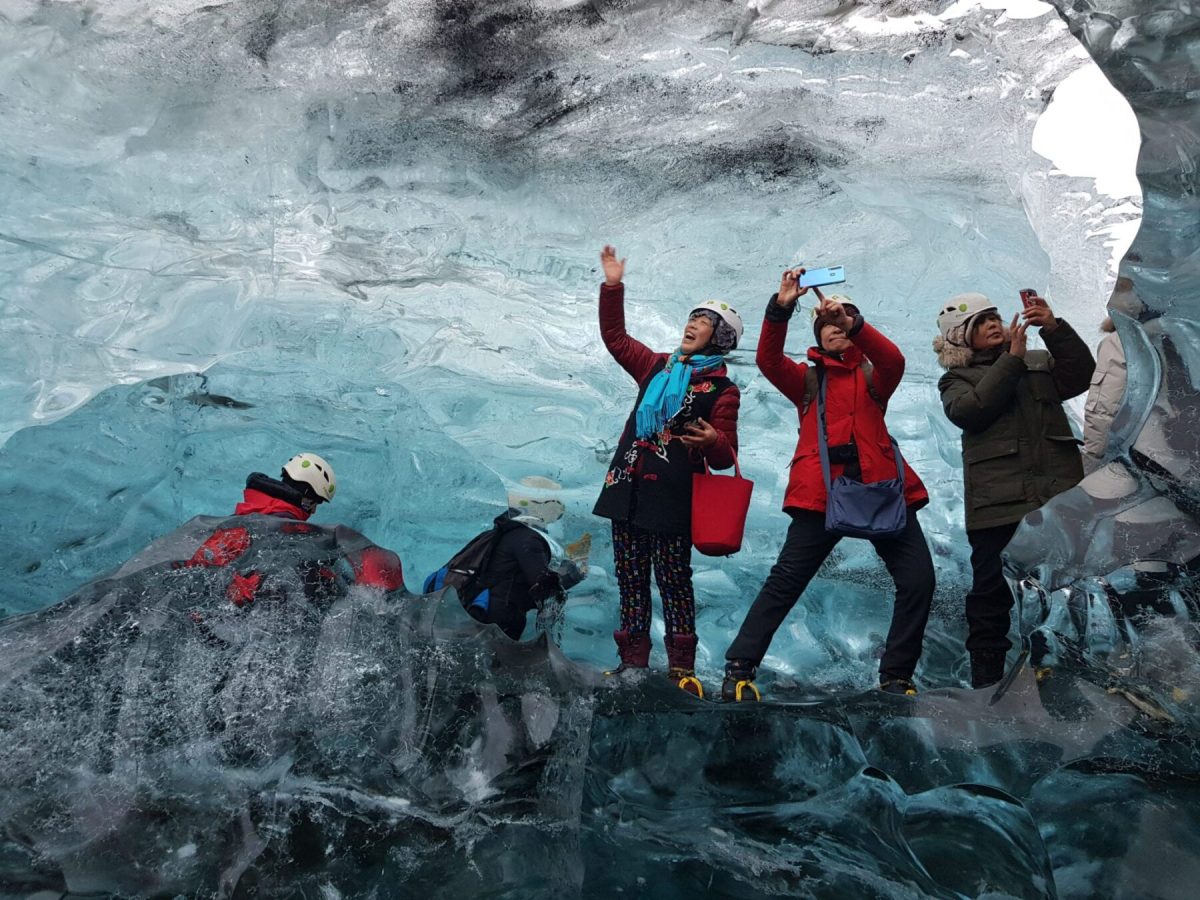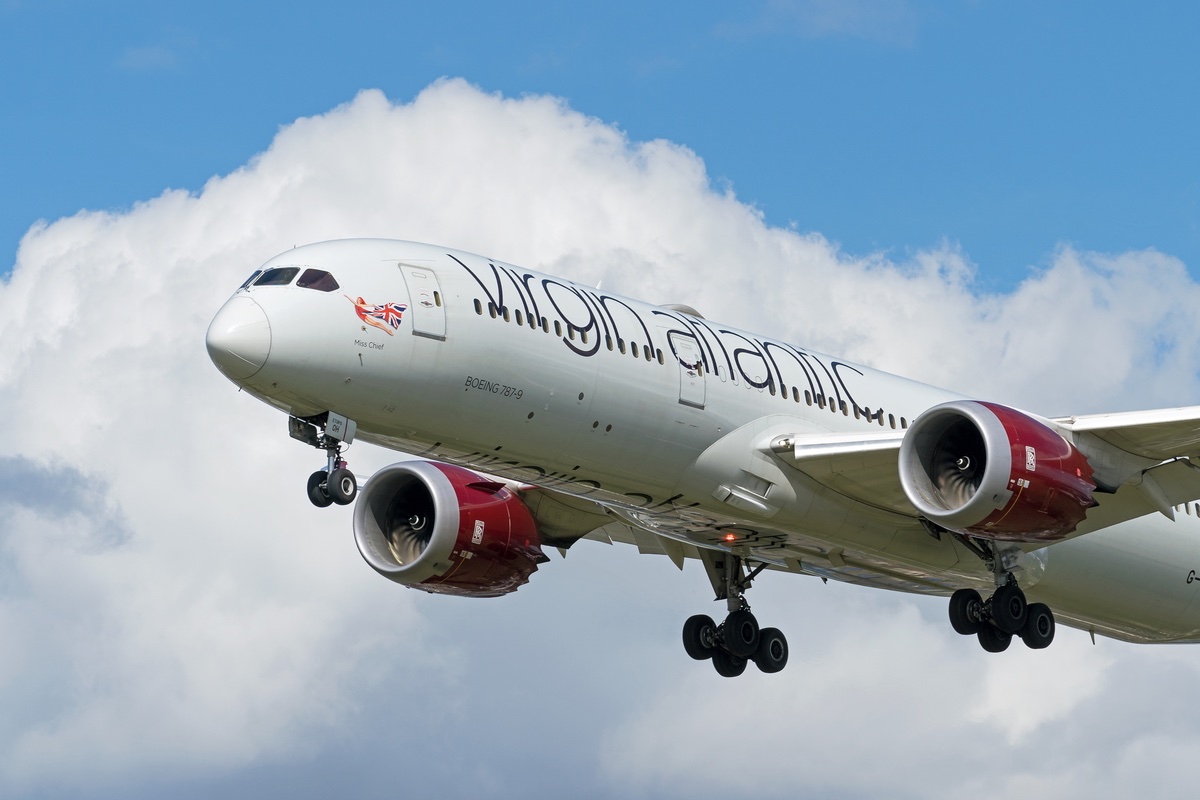Executive Q&A: Meeting the Challenges of Travel’s Most Transformative Era

Skift Take
This sponsored content was created in collaboration with a Skift partner.
The travel industry is changing rapidly to meet the evolving needs and expectations of today’s leisure and business travelers. A renewed prioritization of health and safety is expediting changes in airport regulations, fueling contactless journeys and inspiring lasting digital innovations. Beyond addressing the hygiene factors, such as social distancing, health checks, and touch-free environments, the emerging traveler is looking for a new sort of experience. They are going to need the right support and encouragement to start spending and enjoying the journey again.
But while many are keen to travel again, there remains a need for coordination between governments and organizations within the travel ecosystem to get the right protocols in place that can support travel recovery and rebuild traveler confidence. Recent research from Collinson Priority Pass, which received responses from over 22,000 travelers globally, revealed that 71 percent said that they are ready to start flying again either immediately or within three to six months, but 74 percent said that a key barrier was lack of clarity around quarantines and border controls. Protocol consistency across multiple markets will be key to restoring trust, particularly in the Asia-Pacific (APAC) region.
Collinson focuses on improving the travel customer journey through airport enhancements, loyalty experiences, medical and security assistance, and airport testing. SkiftX spoke with Todd Handcock, president of Collinson APAC, about the company’s global health and safety initiatives, the future of the airport experience, and how other innovations along the travel customer journey will continue to play an important role post-recovery.
SkiftX: What are some of the positive ways the travel industry is changing to meet the needs and expectations of today’s leisure and business travelers?
Todd Handcock: The luxury and business travel sectors have seen unprecedented headwinds, but what hasn’t changed is the desire of people in Asia to travel. Tourists want to get back in the air, employees want to return to business as normal, and families want to reunite. Collinson fully supports getting the world traveling again to unlock the value that travel brings, though health and hygiene must remain the priority.
With every new wave of the pandemic, travelers will be more concerned about how the industry plans to look after their health and safety. Already, disinfection procedures are the number one concern for nearly 80 percent of people considering a return to traveling.
The future of the airport lounge, for instance, is closely tied to the shift we now see in traveler expectations — health, safety, and a reduced-contact experience are key.
Collinson is helping to boost traveler confidence and drive a safe and effective recovery for the travel sector post-Covid-19 through a trio of airport lounge initiatives: first, a new set of global health and safety standards for airport lounges in Collinson’s Priority Pass network; second, a new digital innovation to enable order-to-table food-and-beverage service in airports; and finally, a touchless digital airport lounge entrance.
SkiftX: How is the airport experience changing to better cater to the modern traveler?
Handcock: In recent years, developments in the airport experience have been encouraging. Airport operators and concessions have invested heavily in new services and innovative new dining and retail experiences. Collinson’s airport experience research, Creating an Airport Experience Travelers Love, suggests that overall satisfaction with the airport leapt from 50 percent in 2018 to 63 percent in 2019.
Then Covid-19 hit, travel suddenly stopped, and travelers are now understandably cautious about traveling to the airport and getting back on a plane. Even though travelers are grounded, this is not the moment to forget about the customer experience. Now is the time for significant leaps in customer experience across airports and in traveler and loyalty programs.
Now more than ever, it is time for change across the airport commercial journey to ensure the long-term viability of airport concessions, services, and passenger experiences. Airport operators need to look at their commercial operating models and work closely with concession partners to ensure that services can be rebuilt, better than before and catering to the new demands of passengers for whom health and hygiene are top of mind.
Airports need to be engaging travelers pre-trip — establishing the right sort of relationship, providing the right information, answering questions, and providing access to services in advance of travel. The good news is that travelers are almost unanimously open to this idea. Collinson research suggests that 95 percent are interested in a formalized relationship with the airport, suggesting that there is a strong sense of loyalty to top airport brands.
The new standard for services will be seamless and contactless, much like Collinson Airport Dimension’s Connecta solution, which enables travelers to order food, book a lounge space, pay for car parking, shop for duty-free products, and find their way around the airport — all from the convenience of their smartphone.
We expect to see an increase in online check-in, print-at-home electronic bag tagging, luggage drop-off and collection, and pre-booking for security time slots.
In addition to testing, the scope for new technologies such as biometric scanning, leveraging AI, access to gaming and sleep pods, and so on will be very interesting to watch as we go forward.
Airports and related businesses need to catch up quickly on engagement, integrated e-commerce, and loyalty in order to provide a seamless journey that delivers to the heightened expectations of today’s traveler. This is more important than ever as the industry entices travelers back.
Skift: How can widespread testing on departure and arrival help mitigate risks?
Handcock: Introducing widespread, certified Covid-19 testing on departure and arrival as soon as possible, where not yet deployed, is the next logical step. Testing could be the key to safely opening leisure travel bubbles and protecting our region’s current corridors for business travel.
Collinson, Swissport, and Heathrow are partnering to offer an airport-based Covid-19 double-testing solution for those arriving into the UK’s only hub airport from places not included on the UK’s list of countries exempt from quarantine. However, we require the UK Gov to grant an additional exemption to current travel restrictions.
Additionally, Collinson is partnering with ‘CommonPass’ to pilot a shared global trust framework to allow individuals to document their Covid-19 status electronically and present it when they board and deboard a plane, or cross a border. CommonPass, in partnership with the World Economic Forum and The Commons Project, helps verify, on behalf of participating countries, that incoming travelers’ health data satisfies the destination country’s entry requirements.
Introducing these procedures will help restore public confidence in aviation and travel and be a welcome boost to the wider economy by providing a much-needed alternative to quarantine. However, alignment between countries is critical.
SkiftX: What are “travel bubbles”? How successful have they been in helping the industry recover within the Asia-Pacific region?
Handcock: A “travel bubble” — also known as a “travel corridor” — refers to a selective border opening that enables people to travel freely within certain zones, without the need to undergo on-arrival quarantine.
Just a few short months ago, in markets from Hong Kong to Japan to Australia, virus cases were falling and domestic travel was recovering. There was even talk of opening international travel corridors in Thailand and Indonesia.
But then, everything changed. Hong Kong’s third wave saw over 100 new cases per day; Melbourne and Auckland went into lockdown; surges were reported in Japan and Korea; and Vietnam experienced its first COVID-19 death after months virus-free.
With the new wave of infections, the Thailand and Indonesia travel bubble schemes were put on hold, mirroring what’s happened in other regions. Where corridors have been allowed – for instance, between Spain and France with the UK – a sudden ‘popping’ of the bubbles left travellers facing a two-week quarantine once home.
At this point in time, we’re once again seeing case numbers reduce in certain markets in our region, resulting in Australia recently announcing those from New Zealand can visit parts of the country. However, further action is required globally to ensure the safe, long-term return of global travel.
SkiftX: What role can governments and organizations within the travel ecosystem play?
Handcock: For travel bubbles to be successful, participating countries need to work in partnership and agree on robust test and trace procedures to safely adjust or eliminate quarantine periods. Importantly, we need coordination between governments and organizations within the travel ecosystem to get the right protocols in place and rebuild traveller confidence. Consistency of protocols across multiple markets will be key. Bilateral agreements are a strong starting place, but ultimately this needs to scale up to multilateral alignment – an approach now being championed by Airports Council International (ACI) the International Air Transport Association (IATA).
However, a key challenge in multilateral agreements is how one country will trust lab results and vaccination records from other countries. Without the ability to trust individual health data from one another, many countries will feel compelled to retain full travel bans and mandatory quarantines.
There have been some positive steps forward, such as the aforementioned CommonPass trial; while G20 leaders are now considering a World Travel and Tourism Council proposal on international airport testing to reduce quarantines.
This kind of alignment between countries is critical. It’s been almost nine months of disruption, with some experts predicting future seasonal peaks. Indeed, Hong Kong recently announced the UK being placed on the high-risk coronavirus list due to rising cases. A standardized approach can make these imminent seasonal peaks more manageable. Measures should already be in place to help manage and mitigate the risks; in particular, robust testing procedures on departure and arrival.
SkiftX: How are businesses and the economy affected by the success — or lack thereof — of travel bubbles?
Handcock: Safe and effective travel bubbles have the potential to re-start business travel in Asia, and globally, but only if robust testing procedures are in place. This is the best way to safely eliminate the quarantine periods.
Business trips just aren’t sustainable for companies or staff if it means a 14-day quarantine period on either side of the trip.
IATA expects global airline losses to top US$84 billion in 2020, with Asia Pacific seeing the biggest net profit drop of US$29 billion; while a recent report from Airlines UK, supported by Collinson, Heathrow and IAG, estimates the impact on the UK’s 2020 GDP to be £11 billion (£212 million per week). Many Governments recognize the travel sector as being economically critical. For instance, the Hong Kong government’s investment in Cathay Pacific serves to protect Hong Kong’s role as a global aviation hub and support Hong Kong’s long-term economic development.
Travelers are ready to return to the skies, when it’s safe to do so — but clarity around travel restrictions is required to instil confidence, as is alignment between countries.
SkiftX: To what extent should employers be thinking about business traveler confidence?
Handcock: Wellness is a big focus both inside and outside of work — and it has found its way onto the C-level agenda. But is wellness being considered by both travel providers and employers of business travelers? It should be, since employee mental well-being is as important as their physical safety. Companies have a duty of care to provide clear advisory measures to traveling employees.
Businesses should continue to learn from the Covid-19 experience. It requires us to take a step back, acknowledge that life has changed, and in turn evolve our existing meeting and travel protocols to ensure our people feel supported and comfortable. The question of how to balance employee comfort, experience and safety while traveling will continue for some time.
To learn more about how organizations can better protect their most valuable assets in a Covid-19 world — employees and customers alike — join Collinson APAC’s breakout session with Todd Handcock at Skift Forum Asia on October 15.
This content was created collaboratively by Collinson and Skift’s branded content studio, SkiftX.




